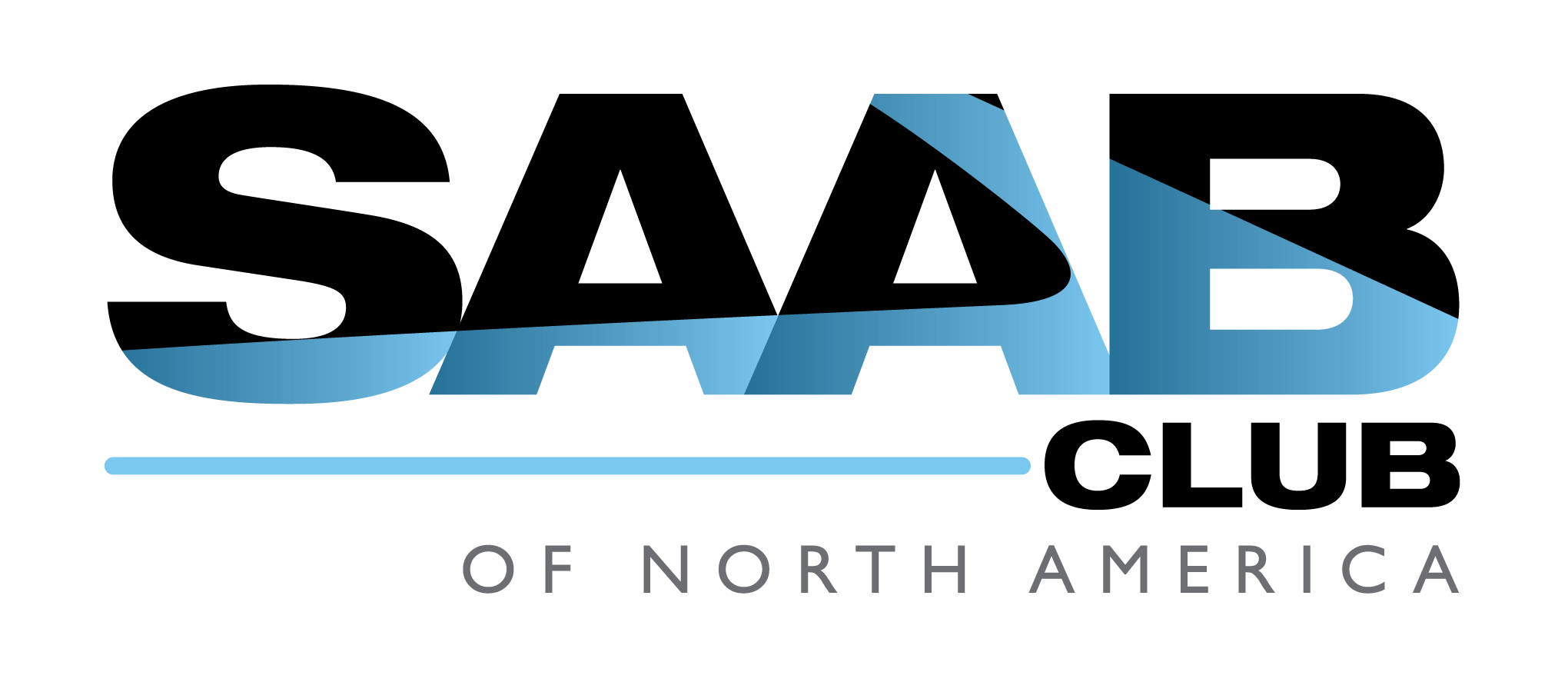Engine Block Disassemble
| Engine Block Disassemble |
Special Tools
EN-8087 Cylinder GaugeFor equivalent regional tools, refer to Special Tools .
| 1. |
Clean the sealing material from the gasket mating surfaces (2).
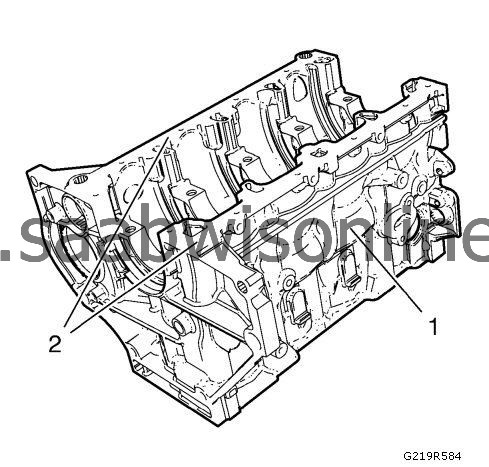
|
|
| 2. |
Clean the engine block (1) and lower crankcase in a cleaning tank with solvent appropriate for aluminum. Refer to
Adhesives, Fluids, Lubricants, and Sealers
for the recommended solvent.
|
|
| 3. |
Flush the engine block with clean water or steam.
|
|
| 4. |
Clean the oil passages.
|
|
| 5. |
Clean the blind holes.
|
|
| 6. |
Spray the cylinder bores and the machined surfaces with engine oil.
|
|
| 7. |
Inspect the threaded holes. Clean the threaded holes with a rifle brush. If necessary, drill out the holes and install thread inserts. Refer to
Thread Inserts
.
|
|
| 8. |
Inspect the engine block for sag in length and width on the sealing surfaces. 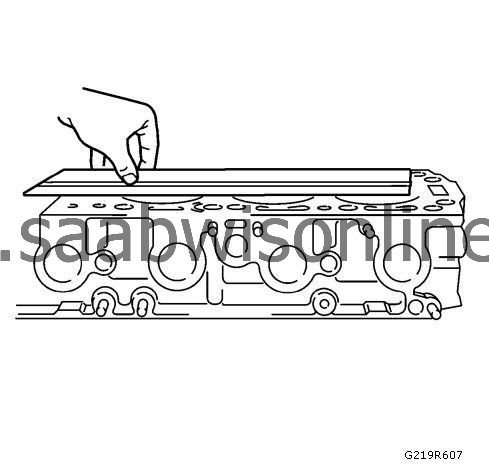
|
|||||||
| 9. |
Inspect the engine block for distortion along the diagonals.
If the deck surface is out of specification, replace the block. Do not machine the block. 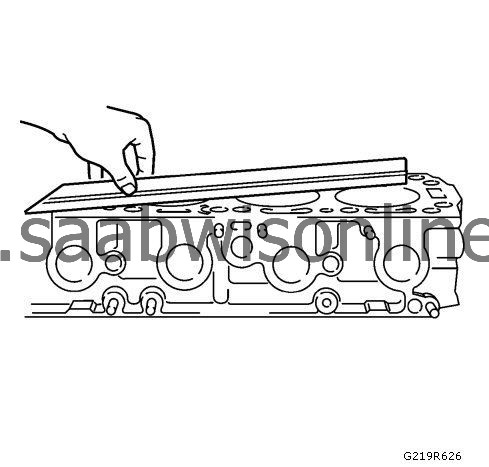
|
|
| 10. |
Clean the sealing material from the gasket mating surfaces (1) on the lower crankcase oil pan side.
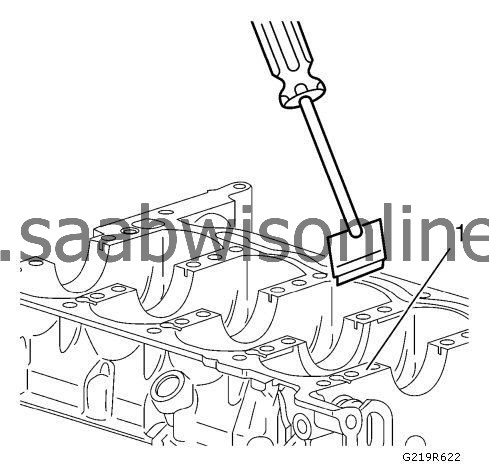
|
|
| 11. |
Inspect the crankshaft main bearing bores. Use the
EN-8087
gauge (1) to measure the bearing bore concentricity and alignment.
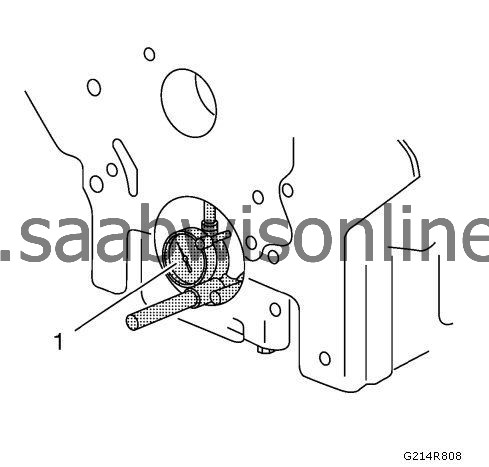
|
|
| 12. |
Replace the engine block and bed plate if the crankshaft bearing bores are out of specification.
|
|
| 13. |
Inspect the cylinder bores using the
EN-8087
gauge (1). Inspect for the following items:
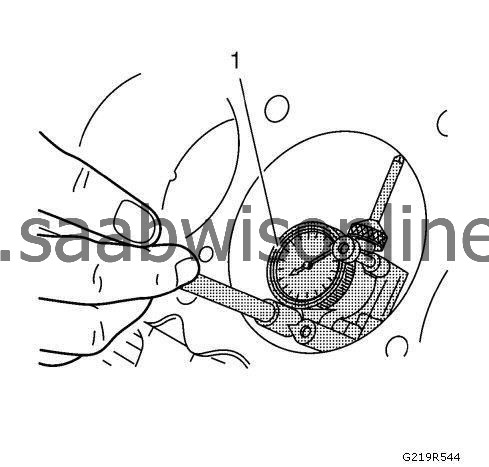
|
|
| • |
Wear
|
| • |
Taper
|
| • |
Runout
|
| • |
Ridging
|
| 14. |
Refer to
Engine Mechanical Specifications (1.6L LLU)
.
|
|
| 15. |
If the cylinder bores are out of specification, replace the engine block.
|
|

